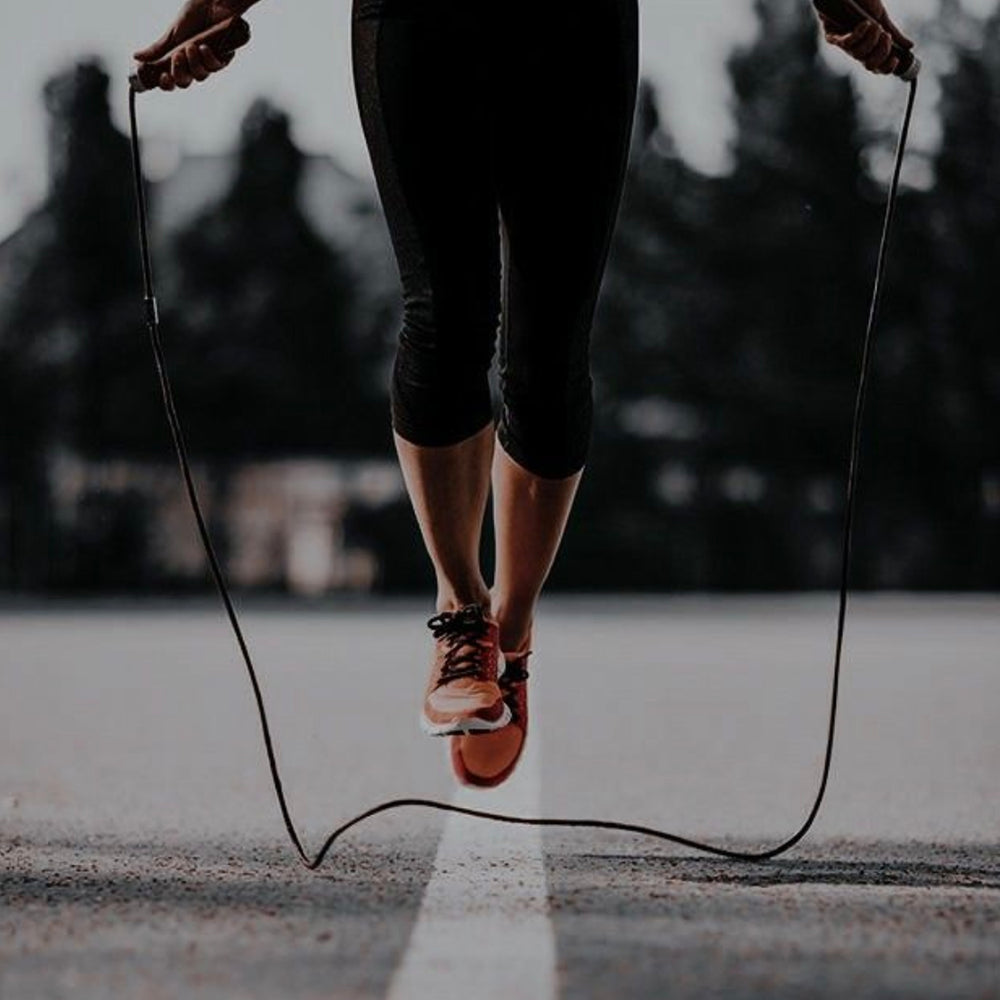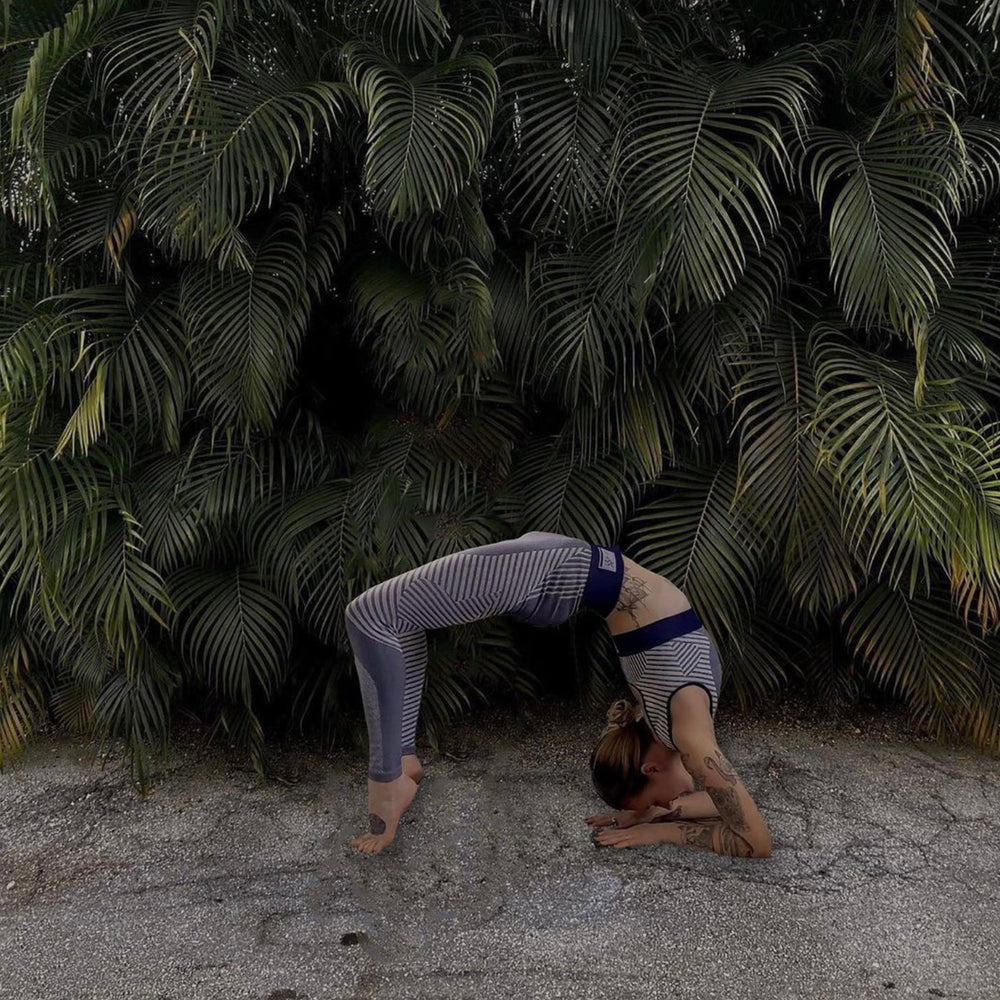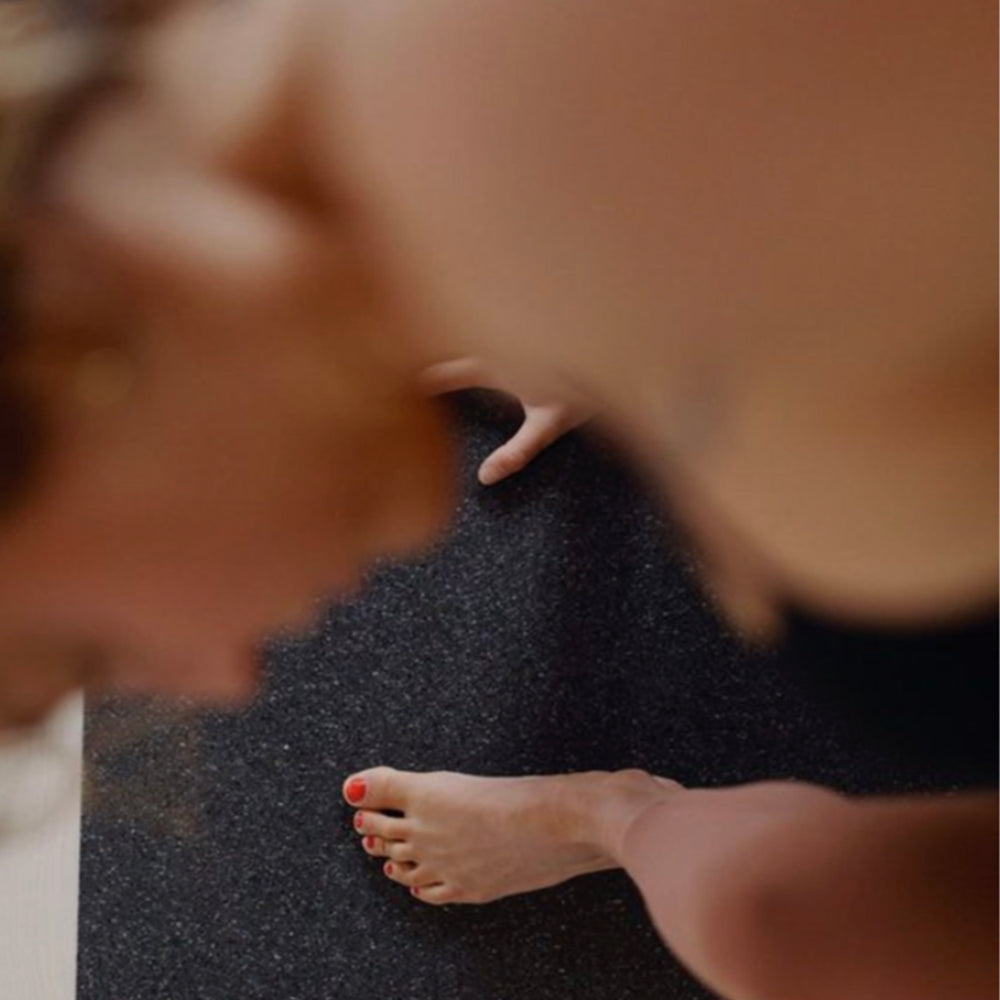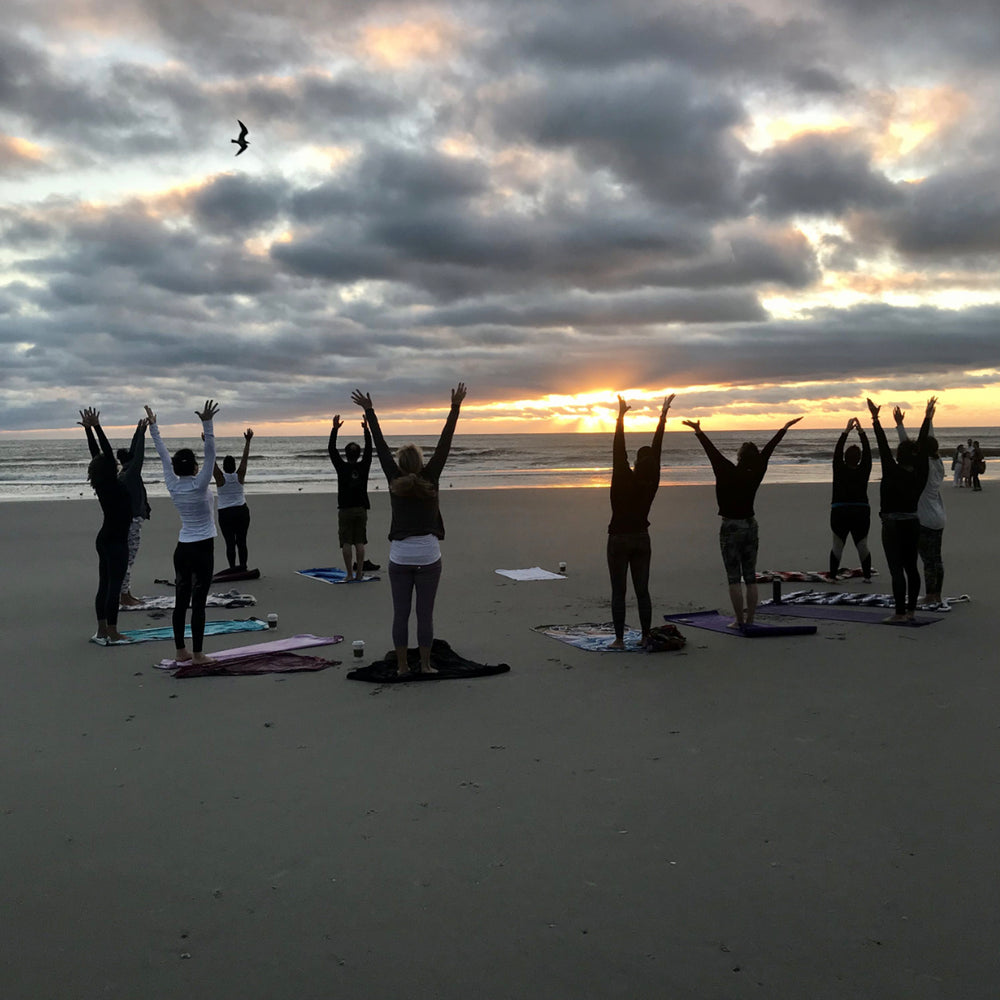 Achieving a full split, or Hanumanasana in yoga, is a goal for many beginning their flexibility journey. Splits not only demonstrate flexibility but also embody dedication and gradual progression. This comprehensive guide is designed to help beginners approach splits safely and effectively, minimizing the risk of injury and maximizing the potential for improvement.
Understanding the Splits
The split is a deep stretch that primarily targets the hamstrings, hip flexors, and quadriceps. There are two main types of splits:
1. Front Splits: One leg is extended forward and the other backward. This split challenges the hamstrings of the front leg and the hip flexors of the back leg.
2. Middle Splits: Both legs are extended to the sides, targeting the inner thighs, hamstrings, and groin area.
Preparing for Splits
Importance of Warm-Up
Before attempting splits, a thorough warm-up is crucial. This prepares the muscles, enhances flexibility, and reduces the risk of injury.
Recommended Warm-Up Exercises
1. Jogging or Skipping: 5-10 minutes to increase overall body temperature.
2. Dynamic Stretches: Leg swings, arm circles, and gentle lunges to activate muscles.
3. Specific Warm-Ups: Gentle stretches for the hamstrings, quadriceps, hip flexors, and inner thighs.
Step-by-Step Guide to Front Splits
Starting with the Hamstrings
1. Forward Fold: Stand straight, exhale, and bend forward from the hips, reaching towards the toes.
2. Seated Forward Bend: Sit on the floor with legs extended, bend forward from the waist, and reach for the feet.
Stretching the Hip Flexors and Quadriceps
1. Lunges: Step one foot forward into a lunge, keeping the knee above the ankle. The back knee can be on the floor for a deeper stretch.
2. Pigeon Pose: Start in a lunge position, then lower the front leg to the ground with the knee at a right angle. Extend the back leg straight behind you.
Moving into the Front Split
1. Beginner Position: Start in a low lunge with the back knee on the ground. Slowly straighten the front leg and slide the back leg backward.
2. Finding Your Limit: Go as far as comfortable, where you feel a deep stretch but no pain.
3. Alignment: Keep hips square, the front toes pointing up, and the back leg straight.
4. Holding the Position: Stay in your deepest stretch for 30 seconds to a minute, breathing deeply.
Step-by-Step Guide to Middle Splits
Inner Thighs and Groin Stretch
1. Butterfly Stretch: Sit with the soles of your feet together, knees bent out to the sides. Gently press the knees towards the floor.
2. Wide-Legged Forward Fold: Sit with legs wide apart and lean forward from the hips, keeping the spine straight.
Moving into the Middle Split
1. Beginner Position: Sit on the floor and gradually open your legs to each side as far as comfortable.
2. Using Support: Place pillows or yoga blocks under each thigh for support if needed.
3. Alignment: Keep the toes pointing up and the spine straight.
4. Holding the Position: Maintain the stretch for 30 seconds to a minute, focusing on relaxing the muscles.
Tips for Success
1. Consistency is Key: Practice regularly, ideally daily or every other day.
2. Progress Gradually: Don't rush the process. Flexibility takes time and patience.
3. Listen to Your Body: Pay attention to the difference between a good stretch and pain. Never push into pain.
4. Use Props: Yoga blocks, straps, and pillows can provide support and help with alignment.
5. Stay Relaxed: Try to relax into the stretch, using your breath to release tension.
Common Mistakes to Avoid
1. Skipping Warm-Up: This increases the risk of injury and hinders progress.
2. Overstretching: Pushing too hard can lead to muscle strains.
3. Improper Alignment: This can lead to imbalances and reduced effectiveness of the stretch.
4. Neglecting Other Body Parts: A holistic approach to flexibility, including the back and shoulders, aids overall progress.
Incorporating Splits into a Routine
As Part of a Yoga Practice
Include splits in a yoga sequence, especially in practices focusing on flexibility.
As a Standalone Practice
Dedicate a specific time of day for split training, separate from other workouts.
Integrating Active Flexibility
Incorporate exercises like leg lifts and controlled leg extensions to build strength in the range of motion.
Dealing with Plateaus
It's common to reach a point where progress seems to stall. When this happens, vary your routine, try new stretches, or increase the duration of your stretches.
Achieving the splits is a journey that requires time, patience, and dedication. It's not just about the destination but the benefits gained along the way, including improved flexibility, better posture, and enhanced body awareness. Remember to celebrate small progressions and understand that flexibility varies from day to day. With consistent practice, mindful stretching, and a positive attitude, the journey towards achieving splits can be as rewarding as the achievement itself. Happy stretching!
|



















